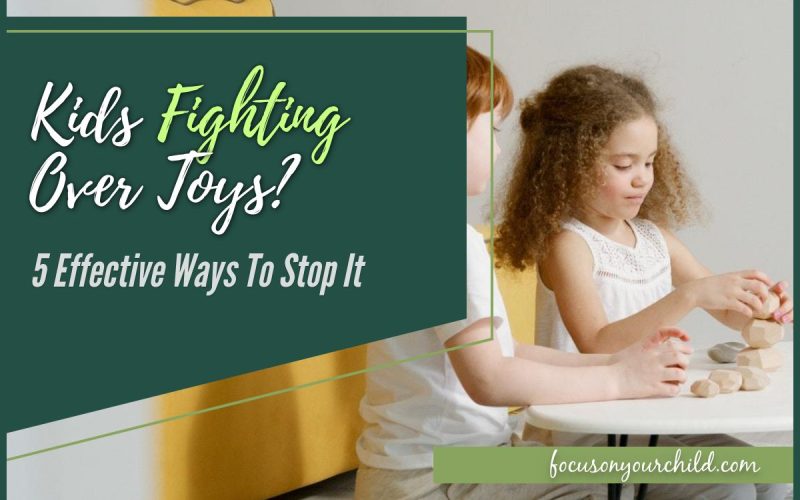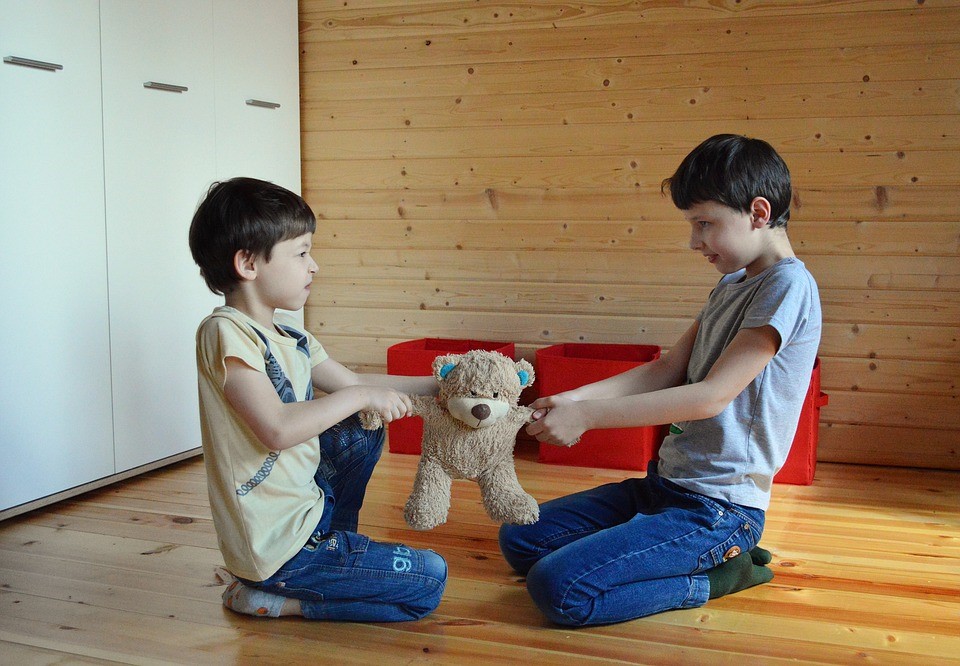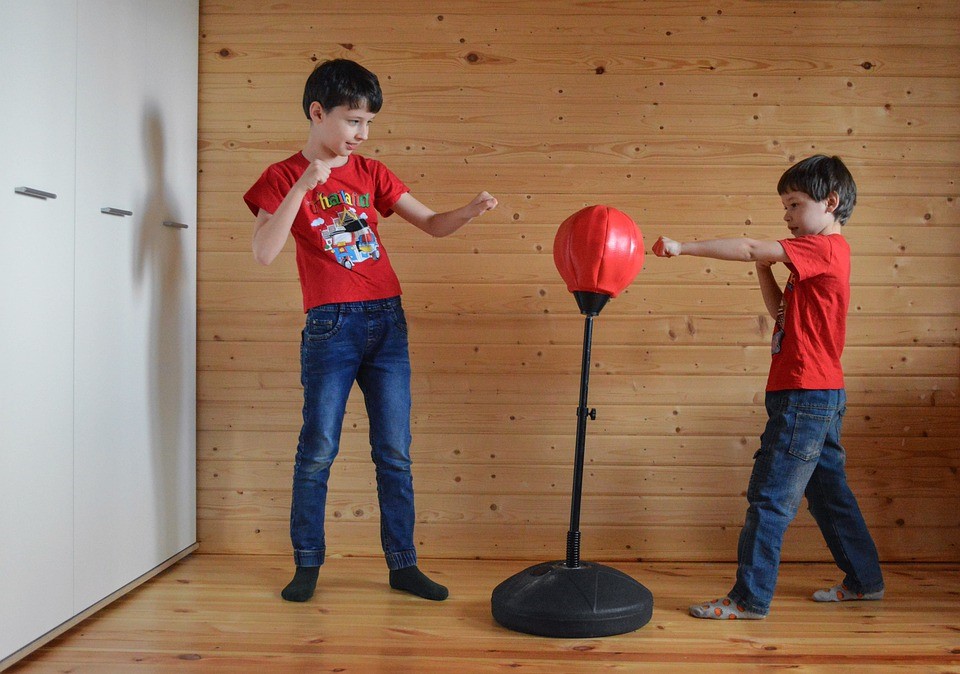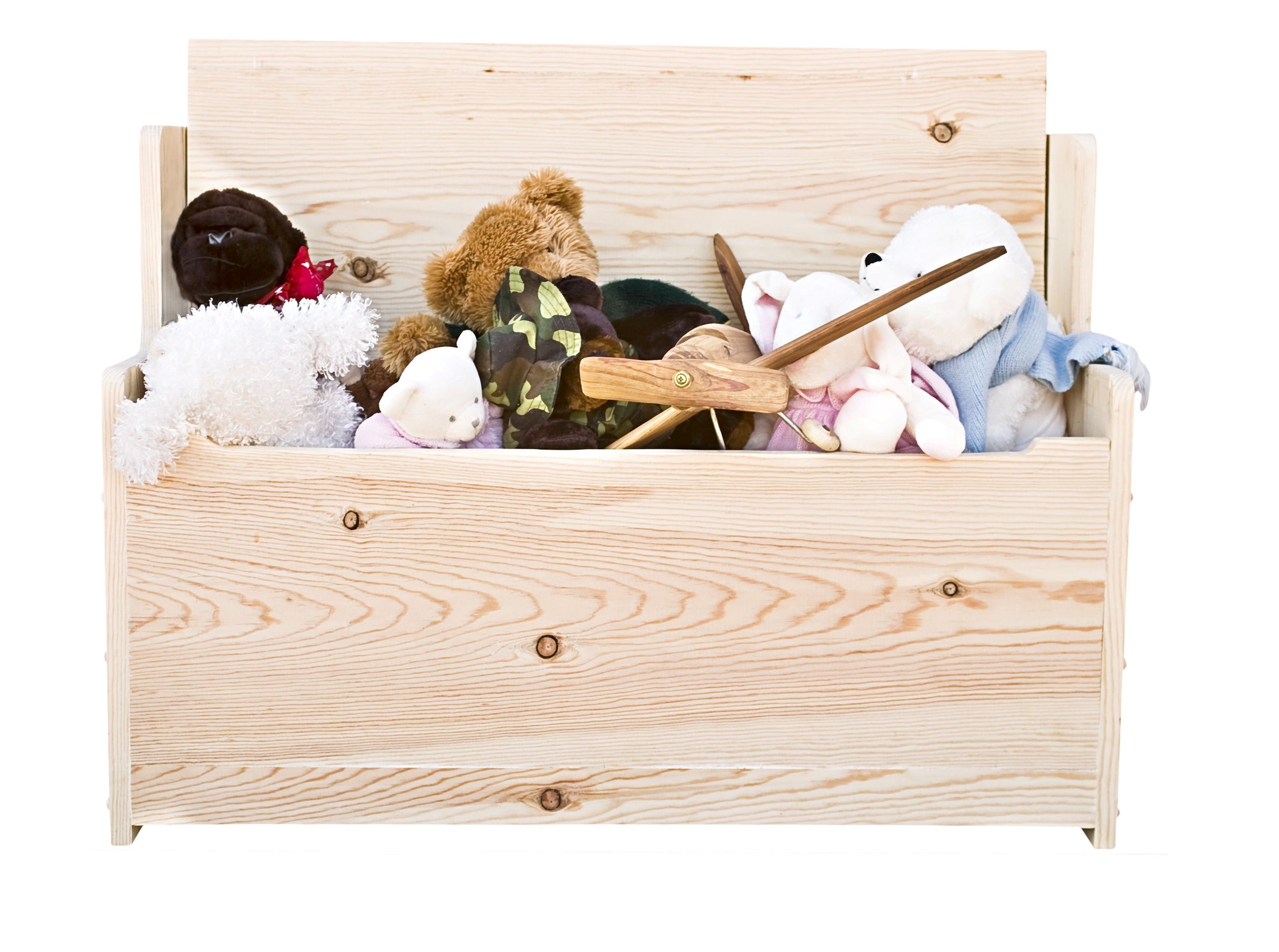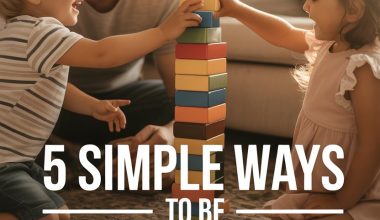Messes can get a bit out of hand with children fighting over toys: a small dispute could end up in anger, name-calling, and maybe even a full-on brawl! Teaching your kids how to properly resolve these kinds of problems is crucial for their development. We’ll go over a few effective ways to de-escalate these types of situations down below.
Approach this less like an argument and more like a conflict to resolve. Start by ensuring everyone has calmed down, then have them speak their minds in a clear, constructive way.
Try to look for a compromise: sharing, taking turns, or trading toys are nice options. If worse comes to worst, have them put the troublesome toy away for the time being. Do NOT confiscate it by hand, as you’ll not only upset them but set a pretty bad example to boot.
Most arguments over toys can be handled readily with these five quick steps. For best results, we’d recommend working off the solutions provided in the order we present them here.
Ways to Stop Kids from Fighting Over Toys
1. Calm Them Down
Nothing will be solved with emotions running wild. You want to set a nice, understanding dynamic between everyone involved. That means no snap decisions – even if you believe one of them is firmly in the right, don’t disregard the other child’s viewpoint.
It’s important to validate both of their perspectives. Treat it like a potential learning experience rather than a quick problem to solve. Once both of them have calmed down, you can move on to the following step.
2. Encourage Them To Talk About It
It’s important for them to speak about this not only with you but with each other as well. Let your kids discuss and discover their own solutions rather than banking solely on the judgment of authority figures. This helps improve their interpersonal skills, problem-solving capability, and emotional maturity.
If you want to push them towards that, a few guide questions can start them off nicely. Eventually, they’ll start applying them even without your prompting.
Here are a few starter examples:
- How are you feeling?
- Is there anything else we can do about that?
- Can he/she have a turn when you’re done?
- What would be a good way for everyone to get what they want?
These questions work because they allow both children to share their input. The discussion is turned into a means towards reaching a shared goal, rather than the mutually-exclusive conflict of interest it was when they were still fighting over the toy.
Do bear in mind that some kids aren’t very good at explaining what they think or how they feel. They might trip over their words, and it could lead to some frustration on their side. While it’s tempting to interject what you think they have to say, it’d be best to stay patient and let them find the words at their own pace.
3. See If Sharing Works
Some toys, like Legos or clay, can be shared very easily. This is the most desirable outcome, as it can turn a difficult argument into a healthy bonding opportunity. It also helps teach them how to be fair and considerate with others early in their lives.
You want them to view willingness to share as a good character trait to have. Praising or complimenting your child for sharing is a great start towards cultivating that behavior.
That said, don’t ever pressure them into sharing. Remember that you’re trying to motivate them towards that behavior. Forcing them to share isn’t much different from just prying the toy out of their hands right then and there.
4. Nudge Them Towards Taking Turns
If sharing isn’t a feasible option, having them take turns with the toy in question is the next best thing. As much as possible, defer the first turn to the actual owner. This keeps it fair while discouraging the one who borrowed the toy from feelings of entitlement.
This way works well with tech devices since it gives both children some much-needed time away from the screen. Also, the last thing you want is kids roughhousing over fragile, pricy electronics. You could also have them offer to trade for the toys they want. This kind of compromise helps foster their problem-solving skills and might even apply to other situations they may encounter.
Taking turns can be discretely introduced into their lives with certain activities. Jenga is a nice choice here, but there are plenty of other fun games that help kids improve their patience.
5. If All Else Fails, Have Them Put The Toy Away
On the slim chance both of them are still being stubborn, it’s worth considering just having them pack the toy away. Your children need to learn that tantrums won’t get them what they want. Enabling that kind of behavior can end up being difficult for them to unlearn down the line.
Frame this in such a way that they realize the issue wasn’t the toy or their playmate, but how they didn’t want to look for a good solution. Make sure this is abundantly clear to them. Otherwise, your kids might end up blaming one another, leading to more resentment and no solution in sight.
Both children will likely be upset about this decision. If it comes to this unfortunate point, we’d recommend approaching your kids individually to discuss these concerns. Let them understand that the problem here needs to be solved together, rather than just one of them getting what they want at the other’s expense.
While children tend to be rash and obstinate, they don’t like being mean to their friends. Once they start to understand how the other feels, persuading them to apologize should come more quicker. After they make amends, it’s time to revisit the earlier solutions (sharing & taking turns).
Bonus: What Not To Do
Remember that you’re a critical behavioral model for them, so be mindful of what kind of example you’re setting. Handle the situation with care, and don’t ever let frustration get the better of you.
First off, do not pick a side. Even if you have good reason to think one party is in the wrong, you need to handle the problem as impartially as possible. The last thing kids fighting over toys need is a grown-up butting in just to tell them off.
You want to communicate with both of them. Don’t forget that you’re mostly here to guide and mediate their conversation – don’t make a habit of deciding the resolution for them.
When handling arguing kids, do not yell at them – just repeat what you said in a firmer tone. Your points should be more important than the volume they’re spoken at, so get them across gently.
Never grab toys out of their hand. They’ll end up much less cooperative during future attempts to reason with them. It’s extremely disrespectful to them, and you’ll also unintentionally end up showing them that this type of behavior is effective for getting what they want.
Final Thoughts
Kids fighting over toys isn’t that different from certain adult problems: say, your favorite chair being taken by someone else, or someone changing the radio station in your car. It’s a conflict that needs to be resolved in a respectful, inclusive manner. Make sure to go over potential solutions everyone will be okay with, and your kids might even end up closer after the dispute!
